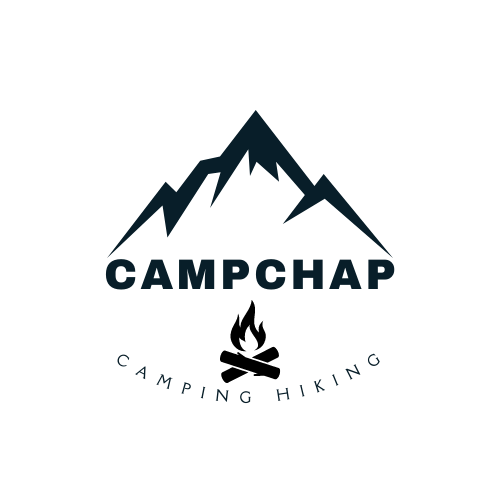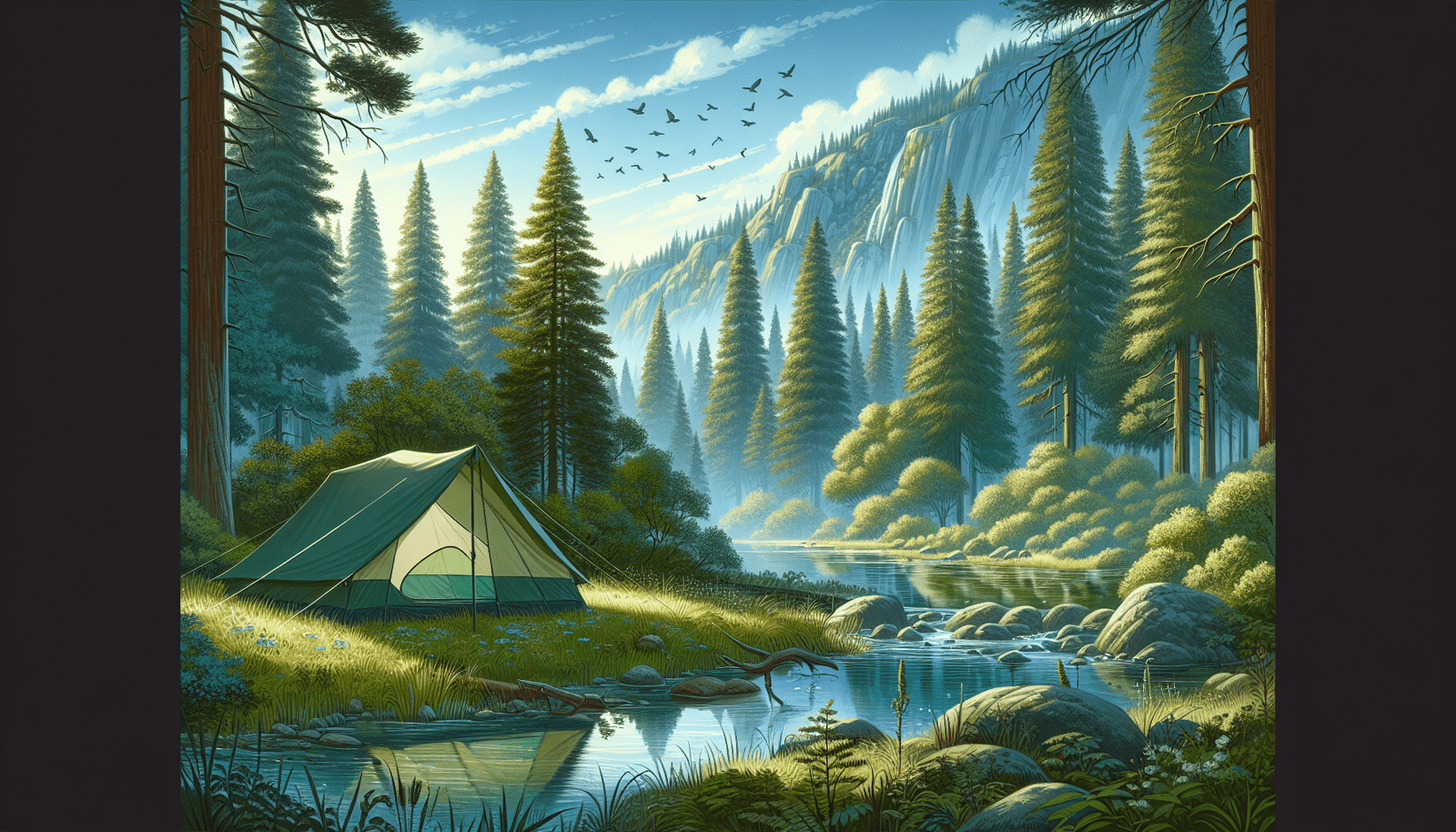Can You Free Camp In California?” explores the ins and outs of finding picturesque spots in California where you can pitch your tent or park your RV without spending a dime. You’ll discover the best free camping locations, learn essential tips for staying safe and respecting the natural environment, and get insider advice for making the most of your adventure. Whether you’re a seasoned camper or a first-timer, this guide ensures you have all the knowledge you need to enjoy California’s breathtaking outdoors without breaking the bank. Have you ever wondered if you can free camp in California? Whether you’re an avid adventurer or just someone keen to save a few bucks while experiencing the great outdoors, knowing where and how to camp for free can be a game-changer.
Understanding Free Camping
Free camping, often referred to as “boondocking,” “wild camping,” or “dispersed camping,” essentially means camping without the usual amenities of established campgrounds, such as restrooms, picnic tables, or utilities. It’s about immersing yourself in nature and truly escaping the hustle and bustle.
What Is Free Camping?
Free camping means pitching your tent or parking your vehicle in a spot that isn’t associated with a paid campground. Typically, these spots are located on public lands where there are no predefined campsites.
Why Free Camp?
Many campers are drawn to free camping for various reasons:
- Cost Savings: No fees mean more money for other adventures.
- Scenic views: Often, these locations are less crowded and offer stunning natural beauty.
- Adventure: There’s a sense of thrill and exploration in finding a perfect spot away from the crowds.
Legalities and Regulations
Before you start your free camping adventure, it’s essential to understand the legalities and regulations surrounding it.
Where Can You Legally Free Camp in California?
In California, several types of public lands permit free camping:
- Bureau of Land Management (BLM) Lands: Much of the BLM-managed land in California allows dispersed camping.
- National Forests: Most national forests in the state permit free camping, albeit with restrictions and guidelines.
- National Parks: While most national parks don’t allow dispersed camping, there are some exceptions and specific backcountry camping areas. Always check with the park in advance.
Regulations to Consider
When free camping, you must adhere to various regulations to ensure your safety and the preservation of the natural environment:
- Stay Limits: Typically, you can stay in one location for up to 14 days within a 28-day period. After this, you must move at least 25 miles from your original spot.
- Fire Regulations: Always check the current fire restrictions; open fires might be prohibited depending on the season and conditions.
- Leave No Trace: This principle is paramount. Whatever you bring in, you must take out. This includes trash and human waste.
- Distance from Roads and Water: Typically, you must camp at least 100-200 feet away from any water sources to prevent contamination, and off main roads to ensure safety.
Finding the Perfect Free Camping Spot
You’ll need a mix of research, planning, and sometimes luck to find the best camping spots.
Resources for Finding Free Camping Spots
Several resources can help you locate free camping areas in California:
- Online Databases and Apps: Websites like FreeCampsites.net or apps like Campendium and iOverlander can be invaluable.
- BLM and National Forests Websites: These official sites provide maps and detailed information about dispersed camping areas.
- Local Ranger Stations: These can offer up-to-date information and might suggest some lesser-known spots.
What to Look for in a Free Camping Site
When selecting your camping spot, consider these factors:
- Accessibility: Make sure your vehicle can reach the spot or that it’s a reasonable hiking distance if you’re on foot.
- Safety: Look for level ground and avoid areas prone to flash flooding or other natural hazards.
- Proximity to Amenities: While free camping aims to disconnect, being reasonably close to a town can be beneficial in case of emergencies.
Gear and Essentials for Free Camping
Make sure you’re well-prepared to make the most of your free camping experience.
Essential Camping Gear
When free camping, you won’t have amenities like running water and electricity, so your gear list will need to compensate for these:
- Shelter: A sturdy tent, sleeping bag, and sleeping pad are crucial.
- Cooking Supplies: A portable stove, fuel, cooking utensils, and a bear-proof container for food storage.
- Water Supply: A large capacity for water containers and a filtration system.
- Safety Gear: A first aid kit, maps, GPS, and a multi-tool.
- Lighting: Headlamps and rechargeable solar lanterns.
Additional Comforts
To add a bit more comfort to your camping trip, consider bringing:
- Portable Shower: Solar showers can make a multi-day trip more pleasant.
- Camping Chairs: For sitting around the campfire.
- A Hammock: Perfect for relaxing during the day.
Tips for a Successful Free Camping Experience
Now that you know the basics, here are some tips to ensure your trip goes smoothly.
Plan Ahead
Planning is crucial when free camping:
- Scout Locations in Advance: Use maps and apps to find potential spots, and have a few backups in case your first choice doesn’t work out.
- Check Weather Conditions: California’s climate can vary widely, so know what to expect.
- Inform Someone of Your Plans: Always let a friend or family member know where you’ll be and when you plan to return.
Set Up Camp Efficiently
When you arrive:
- Assess the Area: Look for signs of wildlife and check for any potential hazards.
- Choose Flat Ground: Ensure your tent or car is on level ground to avoid uncomfortable sleep or vehicle instability.
- Respect Nature and Locals: Be aware of local wildlife and respect other campers’ privacy and space.
Safety Precautions
Lastly, stay safe:
- Be Bear Aware: If you’re in bear country, store food appropriately and know how to respond if you encounter a bear.
- Stay Hydrated and Fed: Bring more food and water than you think you’ll need.
- Emergency Preparedness: Know the nearest hospital location and have an emergency plan.
Spotlights on Popular Free Camping Areas in California
Let’s highlight some areas within California known for excellent free camping spots.
Inyo National Forest
Inyo National Forest offers a variety of environments, from alpine terrain to high desert.
- Locations: Popular dispersed camping areas include the Buttermilk Country, near Bishop, and the Alabama Hills, with stunning views of Mt. Whitney.
- Regulations: Generally permits 14-day stays, but be mindful of trailheads and private property boundaries.
Anza-Borrego Desert State Park
A haven for desert lovers, Anza-Borrego offers stunning landscapes and solitude.
- Locations: Popular spots include Blair Valley and the area near Peg Leg Smith Monument.
- Regulations: Respect the fragile desert environment and avoid soft sand areas that can trap vehicles.
Klamath National Forest
Klamath National Forest provides lush forests and clear rivers, perfect for a tranquil escape.
- Locations: Try areas along the Klamath River or nearer to Carter Meadows Summit.
- Regulations: Campfires may require permits, so check ahead.
Troubleshooting Common Free Camping Challenges
Even with the best planning, challenges can arise. Here’s how to tackle some common issues.
Encountering Wildlife
While most wildlife will avoid humans, always be prepared:
- Keep Food Secure: Use bear proof containers and store food and scented items in your vehicle or hung high away from camp.
- Make Noise: In dense areas, making noise can alert wildlife to your presence and prevent surprise encounters.
Difficult Weather Conditions
Weather can change rapidly:
- Check Forecasts in Advance: Websites and apps provide up-to-date weather information.
- Pack Accordingly: Bring layers for varying temperatures, waterproof gear, and sun protection.
Running Out of Supplies
It’s easy to underestimate your needs:
- Over-Pack Essentials: Carry extra food, water, and fuel.
- Know Your Nearest Supply Point: Mark the closest town or restock point on your map.
Final Thoughts
Free camping in California can be an incredible way to experience the state’s diverse natural beauty. With accurate information, careful planning, and a respect for nature, you can have a rewarding and cost-effective outdoor adventure. So, pack your bags, gather your gear, and set off on a Californian camping experience you’ll remember forever. Is there anything more satisfying than finding that perfect, secluded spot and calling it your home for the night? Happy camping!

